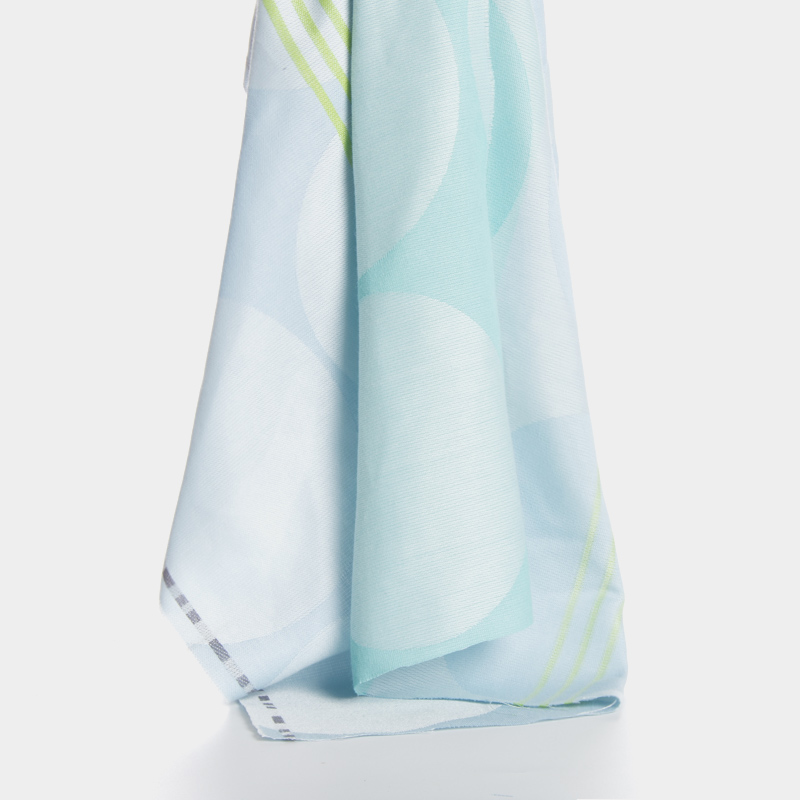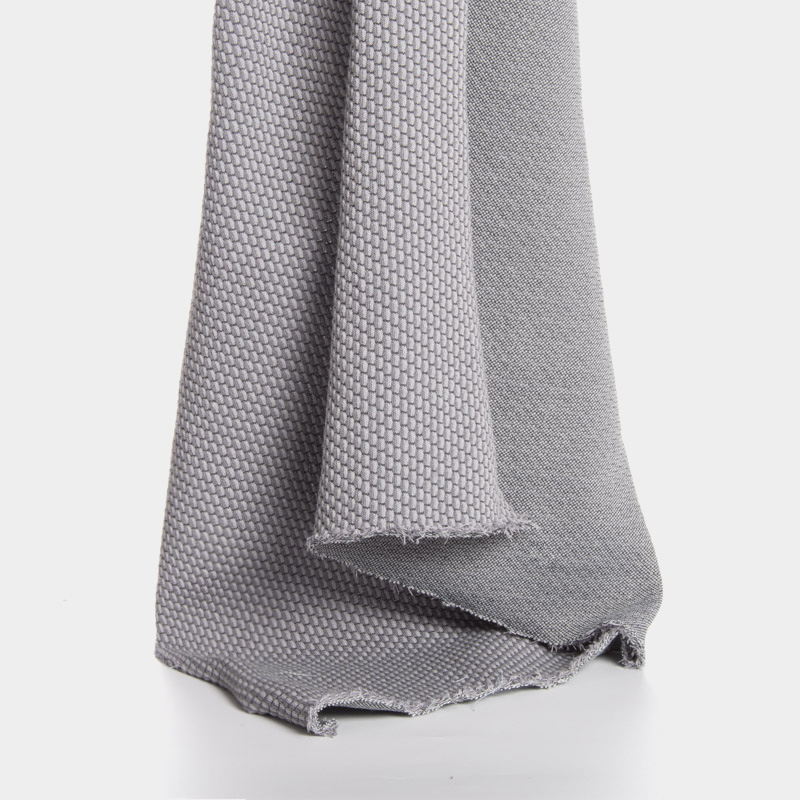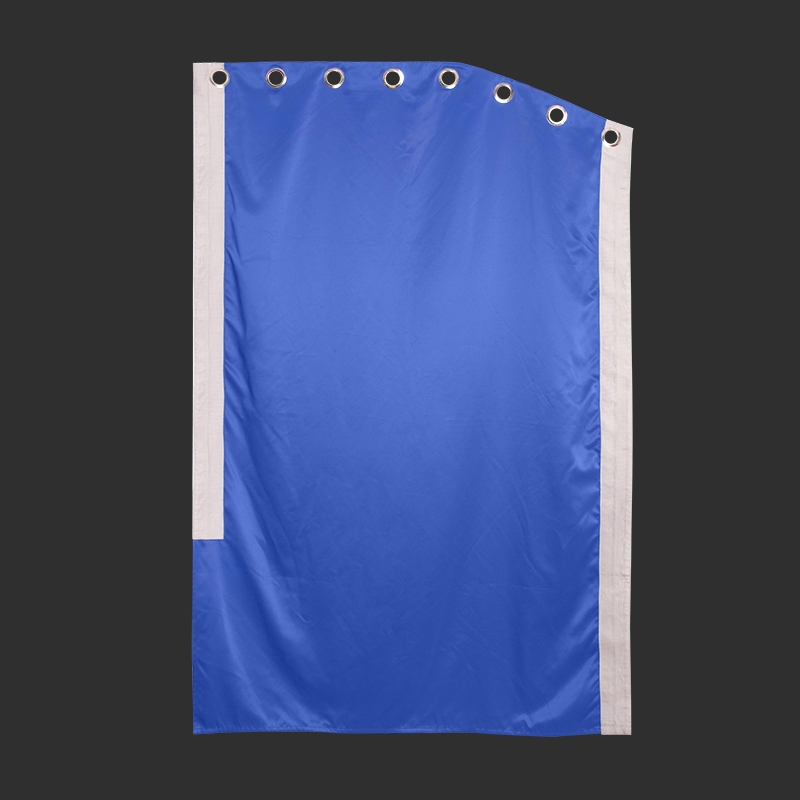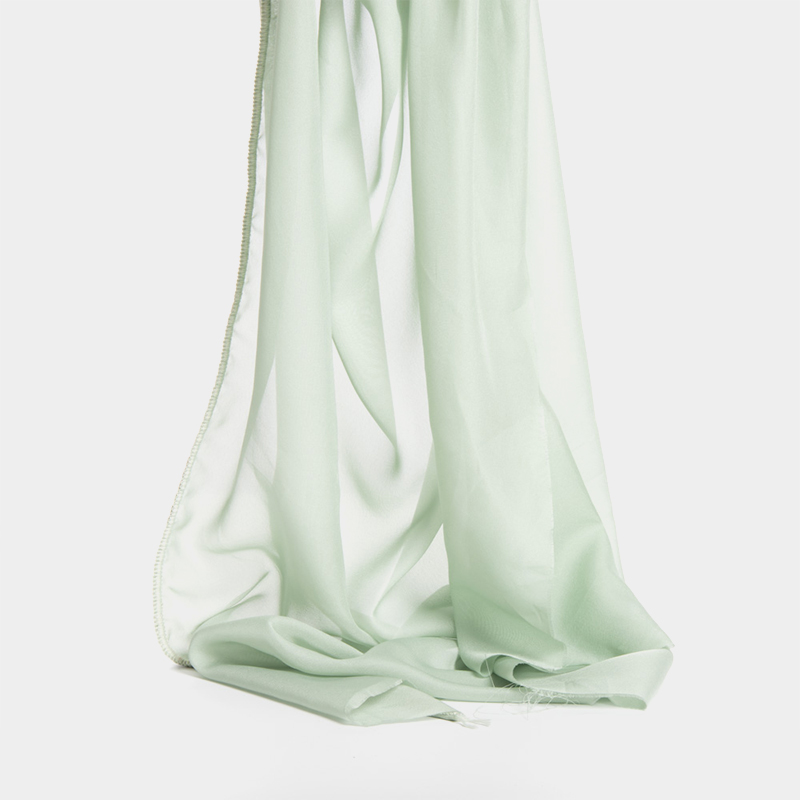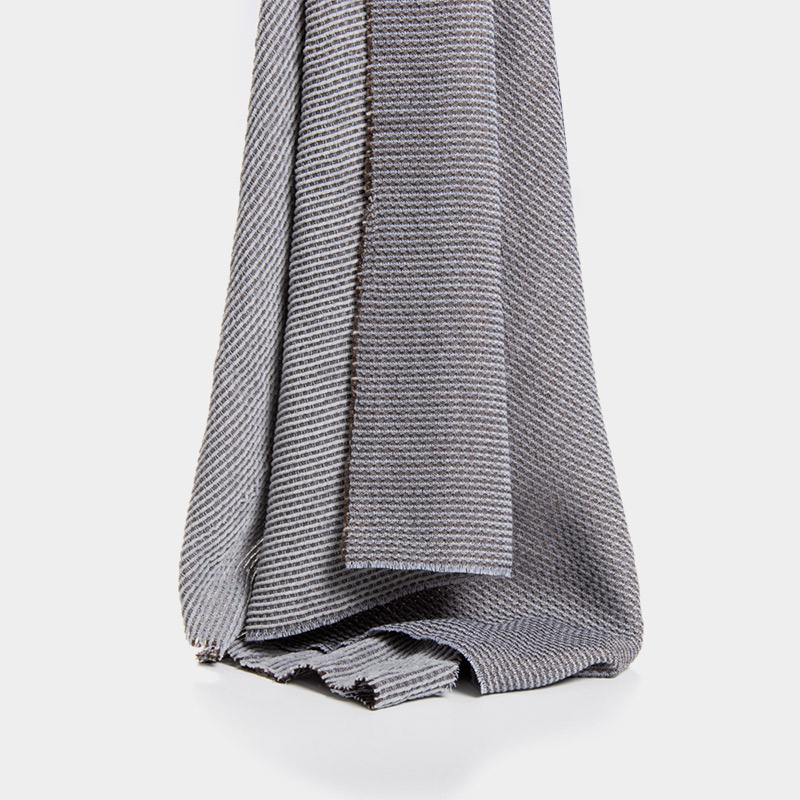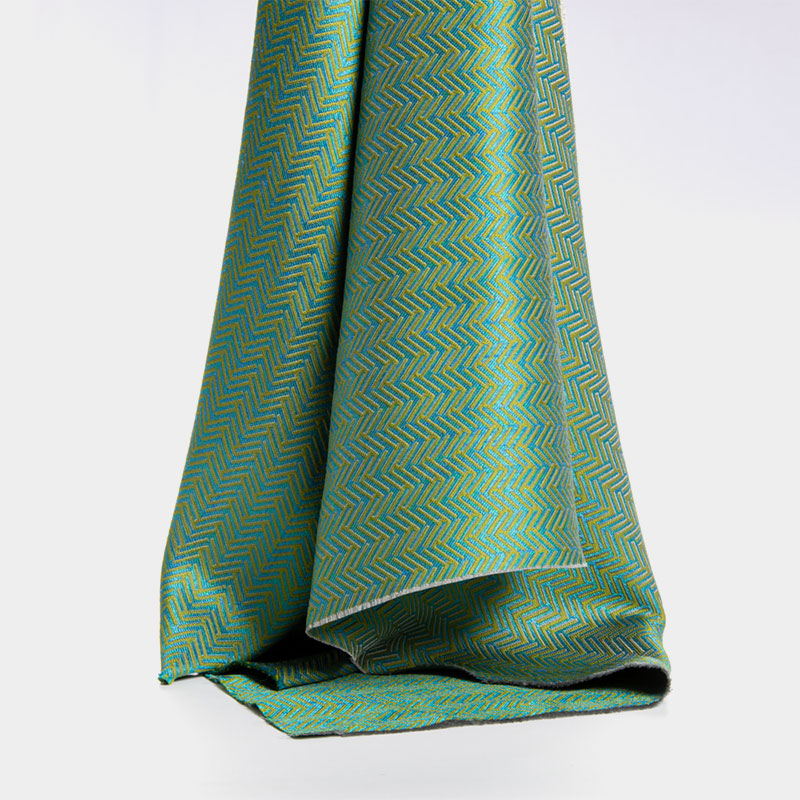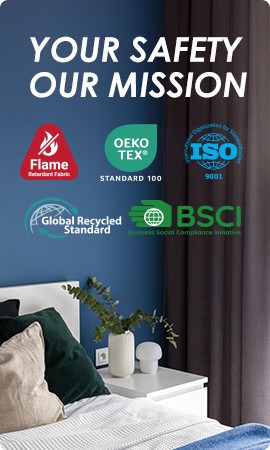Exploring the Science of Flame Retardant Anti-UV Fabrics
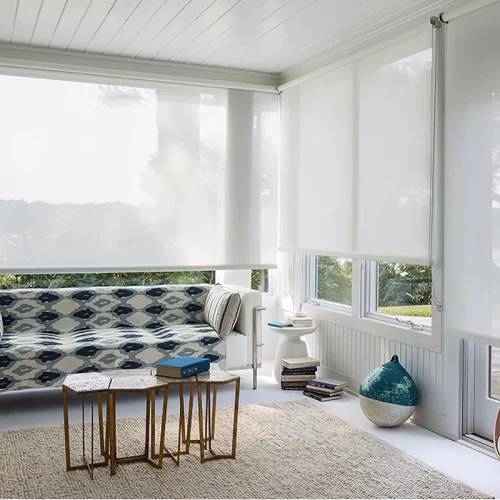
Understanding the Risks of UV Exposure
Sunlight, although a major source of energy for life itself, also releases ultraviolet (UV) radiation that is harmful and can lead to skin cancer, skin and eye aging, and damage. This exposure can cause damage to your DNA within skin cells over time leading to a greater risk of melanoma and skin cancers. UV rays are not only an enemy in the short run, but they can have long-term, damaging effects on the health of your skin.
Comprehending UPF and UV Protection
UPF stands for Ultraviolet Protection Factor, which quantifies how effective a fabric is at keeping out UV rays. The higher the UPF rating the better (UPF50+ provides excellent protection by blocking 98% of the penetrating UV rays). When choosing fabrics, consumers need to be aware of what UPF information means in order to select the best materials for sun protection. By knowing the UPF ratings, consumers can select a fabric that offers them the most effective sun protection possible.
Principles of Ultraviolet Protection
Absorption and Reflection of UV Rays
Fabrics protect against UV rays through absorption and reflection. Some materials absorb harmful rays, while others reflect them away from the skin. The effectiveness depends on the fabric’s composition, thickness, and treatment processes.
Role of Fabric Weave and Color
The way a fabric is woven and the colour both play an important role in how a garment protects against UV. Fact: The tighter the weave, the better the protection from rays since fewer gaps exist for rays to pass through. The darker the colours are, the more UV they absorb, which increases this sun-damage protective property. Darker colours having more UV absorption than lighter colours, develop better protection.
UV Protection in Different Fabrics
| Fabric Type | Characteristics | UV Protection |
| Polyester | Synthetic fiber known for durability and resistance to environmental factors | High due to tight weave and ability to absorb/reflect UV rays |
| Wool | Natural fiber with inherent insulating properties | Moderate; thicker weaves offer better protection |
| Oxford Fabric | Durable woven fabric often used in outerwear | Typically offers good protection when tightly woven |
Coexistence of Flame Retardant and Anti-UV Features
Chemical Treatments for Dual Functionality
Advanced chemical treatments provide durable flame retardant and anti-UV properties to the fabrics. These treatments include applying special compounds to the fabric that give it flame resistance and UV protection. This often involves halogen-free flame retardants along with UV stabilizers, offering increased resistance to extended sunlight without compromising the fabric structure. Its ability to serve both functions is critical for applications in which fire protection and UV protection are vital since the fabric should maintain its effectiveness following multiple uses.
BEGOODTEX Innovations in Fabric Technology
Providing integrated matching of flame retardant and anti-UV functions at one time, BEGOODTEX has figured out innovative solutions as a leading brand within fabric technology.BEGOODTEX flame retardant fabrics have been tested for consistent performance under extreme conditions and meet current international safety standards. Such innovations not only improve the protective properties of fabrics but also increase durability, and therefore, are economical for the industries demanding high safety.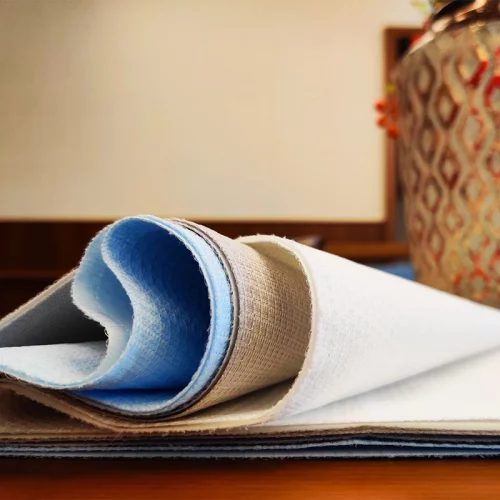
Why Choose BEGOODTEX Flame Retardant Fabrics
High-Level UV Protection (≥ 95%)
BEGOODTEX flame retardant anti-uv fabrics deliver external UV protection of 95% or more. It offers such a high level of protection by way of tightly woven fibres and chemical treatments to prevent UV rays from reaching the skin. These fabrics are great for use outside where light and weather are unavoidable, also giving peace of mind to users who like to keep their skin healthy and safe from the sun.
Durability Through Wash Cycles
Another significant merit of BEGOODTEX fabrics is their resistance to hundreds of washing cycles. Unlike the common flame-retardant materials that degrade after washing, these fabrics consist of permanent flame-retardant fibre incorporated into the fabric structure and remain effective even after washing. This makes them suitable for environments where frequent laundering is necessary without compromising safety or performance, and ensures durability for extended longevity.
Flame Retardancy Standards and Performance
BEGOODTEX fabrics pass rigorous flame retardancy testing to meet stringent performance requirements under fire risk conditions. Those include ignition resistance, heat release rates, and smoke production tests – all key inputs when determining a function fabric’s safety profile. BEGOODTEX guarantees that their products protect people and equipment from fire risks yet are comfortable and more usable through these stringent standards.
Wide Range of BEGOODTEX Fabric Applications
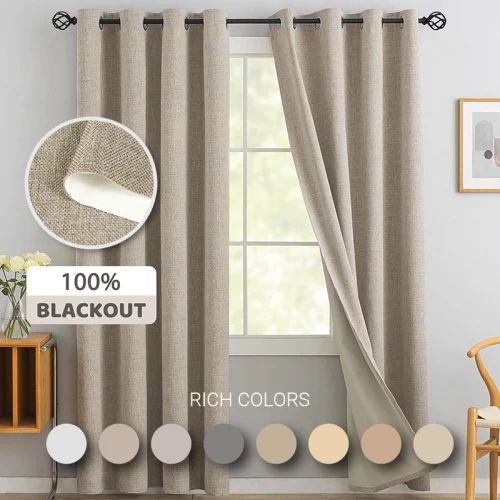
Curtains: Enhancing Indoor Safety
Flame Retardant Anti-UV Curtain can be a great design indoor safety feature with very low fire risk In addition to this, these kinds of indoor curtains also help in the protection of interiors from hazardous rays of the sun. Those are especially useful for public areas, for example, hotels or theatres since, in such business places, the fire codes are exceptionally severe and sun breezes may make the material blur sooner or later.
Protective Clothing: Industry Uses
These technical fabrics for protective clothing provide essential protection against thermal hazards and UV protection in industries including metallurgy, oil fields, coal mines, chemical plants, power stations, and firefighting services. In-built flame resistance property along with ultraviolet proofing has made this fabric an essential part of personal protective equipment (PPE).
Event Supplies: Safety for Public Gatherings
Because of these types of innovative materials, where event supplies tents stages backgrounds banners, all use these technologies to save public gatherings from any potential fire incident and protect people from burning under too much sunlight. Their durability helps them sustain environmental stresses common with outdoor events, relying on them for long-lasting performance.
Home Textiles: Everyday Safety Solutions
Home Textiles made of flame retardant anti-uv fabrics serve daily safety as they reduce the risk of flame at home, whilst providing good sun protection. Fabrics with dual-functionality like these improve safety around the home without compromising on style or comfort, making them ideal for upholstery covers, bed linens, and drapery. These dual-functionality materials lend themselves well to household items that are often found in somewhat compromising positions and help provide safety in the household without compromising the aesthetic or comfort of the item, such as cover upholstery, bed linens and drapery.

